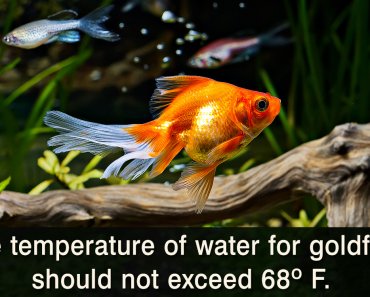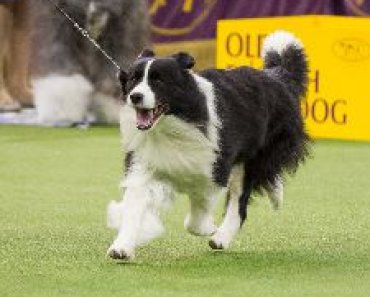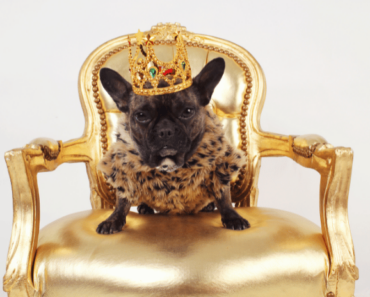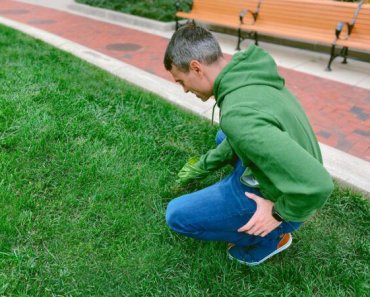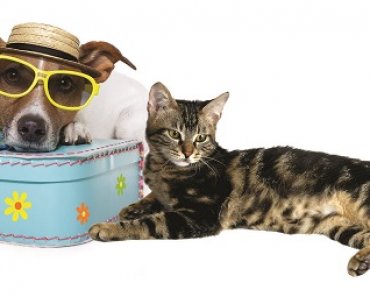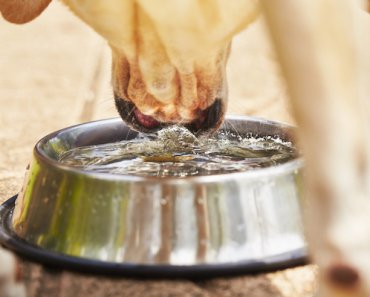If you live in a hot climate and want a dog who can tolerate the heat and accompany you in all this fun, there are particular breeds who like — and even thrive — in warmer temperatures.
“Certain breeds stand out for their ability to cope in warm climates,” says Dr. Alex Schechter, founder of Burwood Veterinary. “Breeds better suited for hot weather have developed a range of physical and behavioral characteristics that allow them to tolerate high temperatures and humidity levels. These traits include a thinner coat, loose skin, larger ears and a more efficient respiratory system.”
Dogster also interviewed Ben Ryba & Brendan Foster, co-owners of True Canine Training, to learn more about hot weather dog breeds.
Best hot weather dogs: Top 9 breeds
Basenji
Known for their independence and intelligence, Basenjis are an ancient African dog breed who’s no stranger to warm climates. Their short, fine coat, small stature and large ears help keep them cool in hot weather. A Basenji’s ideal human companion is an experienced dog handler, hunter/sportsman, or family with older children. Basenjis groom themselves similarly to cats and require brushing every few days due to their low shedding.
Chihuahua
A pint-sized breed originating in Mexico, the Chihuahua has a thin, smooth coat best-suited for warm weather. These small pooches love to be lap dogs and are deeply devoted to their families and can often be caught sunbathing or cuddled under a blanket for warmth. Chihuahuas are great for apartment dwellers and families with older kids. Long-haired Chihuahuas require frequent grooming, while short-haired Chihuahuas only need occasional brushing.
German Shorthaired Pointer
“The German Shorthaired Pointer is a hunting dog and typically will grow to be between 50 and 70 pounds. They have short fur and no hair underneath, which keeps them cool in the heat,” Ben and Brendan say. “They love to run and swim and are great for a family, a hunter, or someone who is an outdoor enthusiast in warmer environments.”
While the German Shorthaired Pointer (GSP) isn’t a heavy shedder, the dog breed can shed year-round in warmer climates and require more frequent brushing.
Read our article on the best dog brushes for shedding.
Vizsla
The Vizsla is a Hungarian dog breed with a short, sleek coat that makes them well-suited to hot weather — and easy to groom! But because they’re high-energy dogs who require a lot of exercise, they may need to be exercised early in the morning or later in the evening to avoid overheating, Dr. Schechter says. Known to be “Velcro dogs,” Vizslas make excellent family dogs and are best for anyone with an active lifestyle and able to spend ample time with them.
Australian Cattle Dog
The Australian Cattle Dog, also called the Blue Heeler, has a short double coat that keeps this dog breed cool no matter whether they’re working or playing hard. Developed in — you guessed it — Australia, this medium-sized breed is known for high energy and endurance and a love of exploring, making them a great fit for active pet parents, families, hunters or cattle breeders.
Pharaoh Hound
The visually striking Pharaoh Hound originated in ancient Egypt and is known as one of the oldest domesticated breeds. Natural athletes, Pharaoh Hounds love running and swimming and thrive in hot weather thanks to their large ears and short, thin fur that doesn’t need much grooming. Pharaoh Hounds are adaptable, active and affectionate; all they really require from a companion or family is that someone keep up with their exercise needs.
Yorkshire Terrier
Not only is the Yorkshire Terrier’s fine, silky hair fabulous, but it’s also beneficial in keeping them cooler when temperatures rise. (Although, you’ll need to keep your Yorkie inside during extreme heat.) Yorkies are small dogs with larger-than-life personalities and lots of energy, surely an excellent match for high-energy types and families with older children. It may come as no surprise that their beautiful, long coats require regular grooming.
Mexican Hairless (Xoloitzcuintli) pronounced “show-low-eet-SQUINT-lee”
A distinct, rare breed, the Mexican Hairless or Xolo for short, originated in ancient Mexico and has little-to-no hair, making it easy to stay cool on hot days. While easy to groom, this also means this dog breed needs sunscreen when outside since the skin is susceptible to sunburns and shouldn’t be out in extreme heat. The Mexican Hairless can be standard, miniature or toy-sized. Regardless of size, these gentle and playful dogs make great companions for people and families who may consider themselves couch potatoes.
Afghan Hound
Another ancient dog breed is the aristocratic Afghan Hound. Originating in Afghanistan, the Afghan Hound is highly adaptable to both hot and cold temperatures. This medium-sized breed has a single, silky coat so glamorous that it requires regular grooming. Often referred to as being “cat-like,” the Afghan Hound is independent, athletic and laid-back. Their ideal human companion is an experienced pet parent who lives a more active lifestyle.
Hot weather dogs: How hot is too hot?
“Different dog breeds have varying heat tolerance levels, but all dogs can be at risk of heat exhaustion or stroke in hot weather,” Dr. Schechter says.
High temperatures pose several dangers for all dogs. However, puppies, geriatric dogs and dogs with health conditions should especially avoid being in hot weather since they’re at a higher risk of developing heatstroke.
Signs of overheating include:
- Excessive panting
- Dry or pale gums
- Lethargy or weakness
- Glazed eyes
- Vomiting or diarrhea
- Rapid heartbeat
- Difficulty standing or walking
- Seizures or collapse
Provide your dog with ample shade and water. If you notice signs of overheating, give your dog room temperature water and get to a veterinarian immediately.

